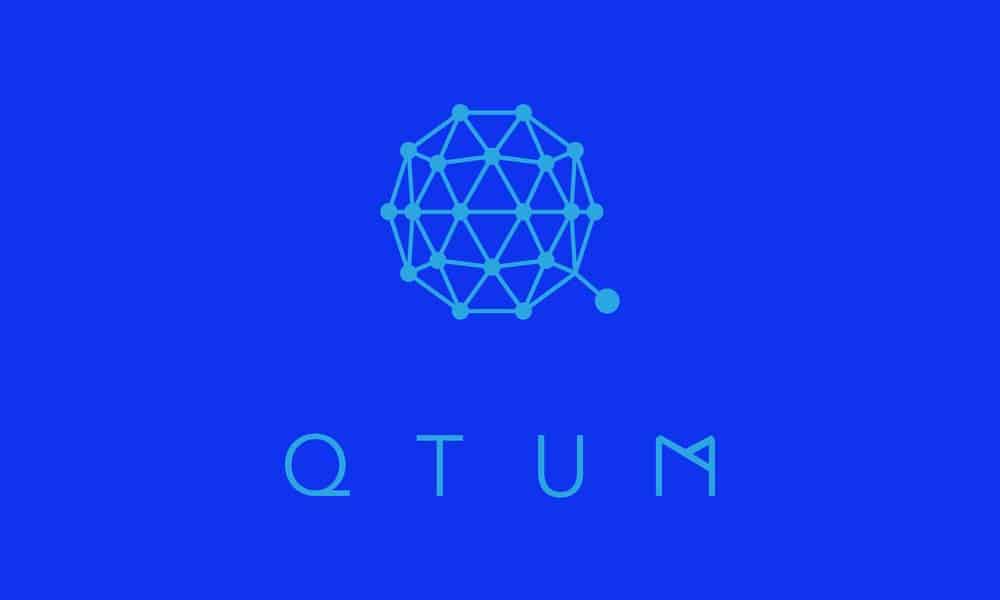Fully pronounced as quantum, Qtum is blockchain-based software that incorporates different aspects of the design model for Bitcoin and Ethereum into its blockchain. The Qtum blockchain was founded in 2016 by the Qtum Foundation.
This foundation is a non-profit located in Singapore that owns and maintains the software for the Qtum blockchain. The main purpose of Qtum’s design model is to attract application developers to the Qtum network. Similarly, the Qtum foundation wants dev teams to build applications that are compatible with the Qtum network.The Bitcoin and Ethereum network are quite similar in a lot of ways. However, in terms of their mode of operation, both blockchains differ significantly. They also differ in the way they record and update the balances of their users.
By creating a new Blockchain incorporating key features from both networks, Qtum aims to create a viable option for dev teams who prefer either the Ethereum or Bitcoin blockchain. Additionally, users of the Qtum blockchain will find many other features similar to other blockchains in the Qtums network. One of the features of this blockchain, similar to other blockchains, is that it uses a governance token called QTUM on the Qtum blockchain.
How Does The Qtum Blockchain Work?
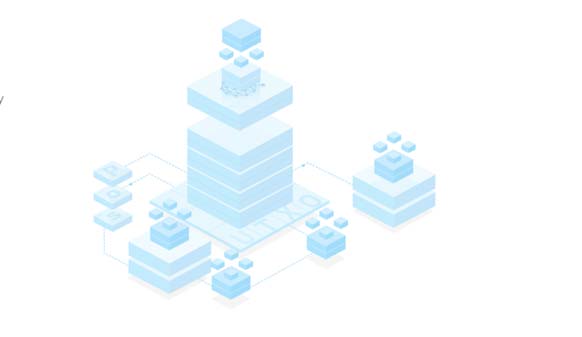
The design model for the Qtum blockchain is unique as it incorporates key features from the Bitcoin and Ethereum networks. The Qtum design team adjusted Bitcoin’s code such that devs teams can create smart contracts applications similar to Ethereum smart contracts.As a result, the Qtum white paper describes the Qtum blockchain as the first “UTXO-based smart contract system with a proof-of-stake (PoS) consensus model.” To achieve these features, the Qtum devs team designed their blockchain base layer to mirror Bitcoin’s transaction model (UTXO). Additionally, they created an extra layer to operate like Ethereum’s virtual machine (EVM).
Ethereum’s virtual machine (EVM) is responsible for creating and executing smart contracts and other decentralized programs on the Ethereum network for newbies into the crypto and blockchain space. Like Ethereum’s virtual machine (EVM), the Qtum virtual machine allows software developers to write and execute their applications on the Qtum network. Users may wonder, what are the constituent parts of the Qtum blockchain? And how do they function exactly? Let us now review the key main parts of the Qtum blockchain and how they function. The two main parts of the Qtum blockchain are the Account Abstraction Layer and the Mutualized Proof-of-Stake.
Account Abstraction Layer
This layer of the Qtum blockchain acts as the signature technology for the entire Qtum network. The Account Abstraction Layer is designed to allow for communication between two layers in the Qtum blockchain.
The Account Abstraction Layer modifies the core code behind the Bitcoin blockchain and creates a new set of commands. These commands ensure the creation, handling, and execution of smart contracts so that they function similarly to smart contracts in the Ethereum blockchain.Finally, the AAL on the Qtum blockchain updates the blockchain ledger after processing smart contract transactions and posts the individual transactions to new blocks on the Qtum blockchain.
Mutualized Proof-of-Stake
To ensure proper synchronization of the Qtum blockchain, the design team created a mutualized proof-of-stake. This mutualized proof-of-stake is a variation of the proof-of-work algorithms (PoS) found in the Bitcoin blockchain.
The validation and processing of transactions on this blockchain are only possible when staking the QTUM coin in a wallet. As a reward for their part invalidating, processing, and updating these transactions, nodes will receive newly minted QTUM coins. Similarly, nodes are paid with the transaction fees for running and executing smart contracts on the Qtum network. The governance token QTUM is used for paying nodes on this network.For every new block created, the reward of each block is divided equally between nine previous nodes and the block-producing nodes for the new block. The design team for the Qtum project claim that this feature allows for a more secure blockchain. They claim that by masking the immediate block reward amount, the probability of attacks on the network reduces significantly.
One advantage Qtum’s proof of stake has over Bitcoin’s proof-of-work algorithms is cost and resource-effective. The mutualized proof of stake found on the Qtum blockchain makes the process of generating new blocks simpler. Similarly, power consumption for creating new blocks on the Qtum blockchain is much easier when compared to the Bitcoin blockchain.
Governance Token; QTUM
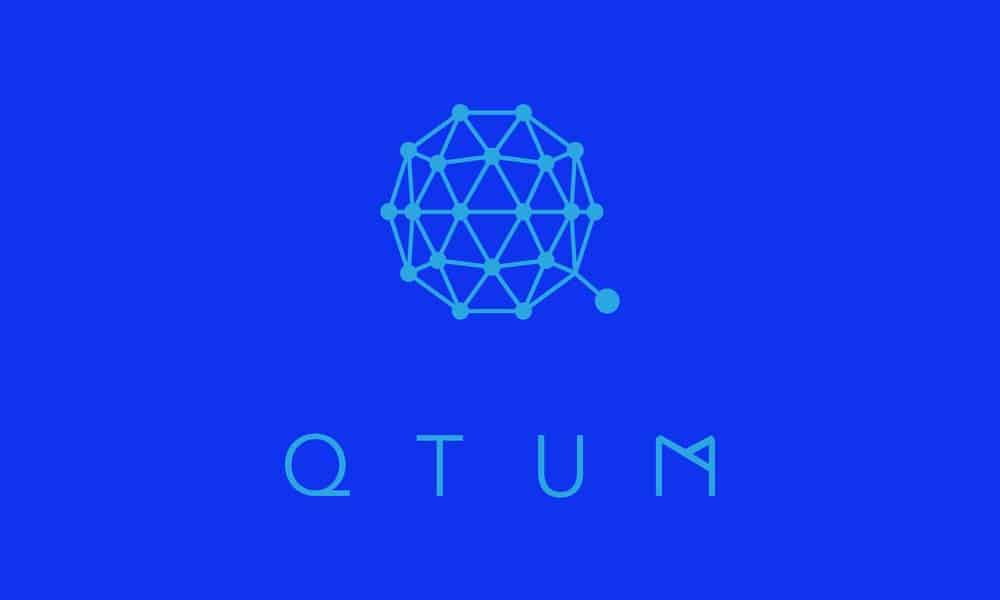
The QTUM coin is used to pay fees owed to operators of the Qtum blockchain. Similarly, the distribution of newly minted tokens on the Qtum network is based on ownership of the QTUM asset. Furthermore, owners of QTUM coins get voting rights in the on-chain governance system run by the Qtum blockchain. As a result, owners of the QTUM coin get to determine the path of the software’s development.The primary use case of the Qtum coin is for paying fees for executing contracts on the Qtum blockchain. Some other use cases include holding, sending, spending, or staking the coin. As earlier stated, owners of Qtum coins have voting rights on the path of software development. However, to fully earn that right, owners of the Qtum coin must stake their coins to qualify for voting privileges. The number of voting rights a person gets is proportional to the number of Qtum coins the person stakes.Based on data from the Coinmarketcap website, the QTUM coin is currently ranked 73 among top cryptocurrencies and is on 102,679 watchlists. Due to the recent dip in bitcoin price, the Qtum coin drop from an all-time high of $35.38 to $11.66 as of June 1, 2021. The maximum supply for this governance token 107,822,406, while the circulating supply is 98,414,156.73. As of June 1 2021, the market cap for Qtum was $1,151,580,631, while the fully diluted market cap was $1,261,726,438.
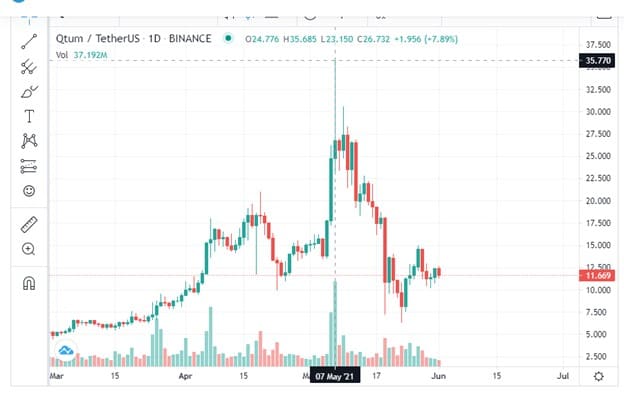
Holders of the QTUM coin can store the coin in crypto wallets like Qtum core, Trust Wallet, Ledger Hardware, Atomic Wallet, Play Wallet, SWFT, Bitpie and many other wallets. Furthermore, the Qtum coin is listed on many top crypto exchanges like Binance, Huobi, Okex, Bitfinex, Bithumb, Bittrex and many other exchanges.The design model for the Qtum ecosystem makes it the perfect platform for the creation of Decentralized applications (Dapps). For example, the Qtum network had a recent hard fork which leads to the creation of 32s block, making it a more suitable Defi platform. As a result, software developers have created many Dapps on the Qtum blockchain. Some of these decentralized applications include Energo, Qbao, Bitclave. However, one of the more prominent Dapps in the Qtum ecosystem is QI Swap decentralized exchange.
QI Swap Decentralized Exchange
According to Miguel Palencia, QiSwap Advisor, and QTUM Foundation CIO, “QiSwap is the first Decentralized Exchange on the Qtum blockchain. It is inexpensive to use and completely decentralized. The core contracts are based on Uniswap, with functionality borrowed from Sushi. Our aim is to take advantage of the core benefits of the Qtum blockchain to create a community governed Decentralized Exchange.”
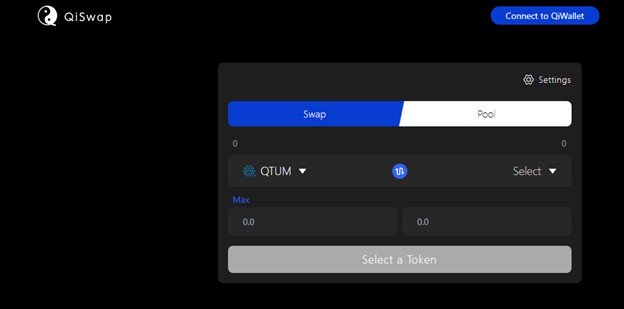
Built on the Qtum network, the QI Swap dex offers its users a secure and scalable platform for decentralized transactions. However, the dev team for the QI Swap Dexs aims to create a decentralized exchange that is cheaper and faster than other decentralized exchanges.In terms of partnerships for the QI Swap platform, the team behind the QI Swap project is working to obtain more tokens and liquidity for this decentralized exchange. According to Miguel Palencia, QiSwap Advisor, “We are currently working with 6block to bring a wrapped Filecoin token (QFIL) to QiSwap as well as working with ZB to bring a series of tokens to QiSwap which will hit once QiSwap stats and APIs are ready.”Although, still under development by the intelligent team, Qiswap is arguably going to be the 5G of DeFi platforms.

